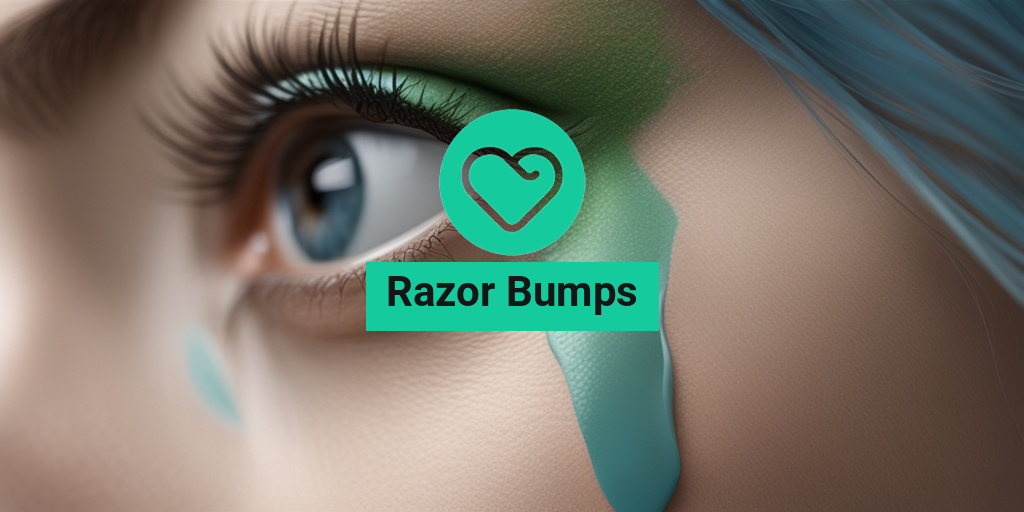What Are Razor Bumps?
Razor bumps, also known as razor burn or shaving rash, are a common skin irritation that occurs after shaving. They appear as small, red, itchy bumps on the skin, often in areas where the hair is coarse or curly, such as the bikini line, underarms, and neck.
Razor bumps are caused by a combination of factors, including:
- Ingrown hairs: When hair grows back into the skin, it can cause inflammation and lead to razor bumps.
- Clogged pores: Shaving can push bacteria and dead skin cells into the pores, causing them to become clogged and leading to razor bumps.
- Skin irritation: Shaving can cause micro-cuts in the skin, which can lead to irritation and inflammation.
- Allergic reactions: Some people may be allergic to certain shaving products or ingredients, which can cause an allergic reaction and lead to razor bumps.
Razor bumps can be uncomfortable and unsightly, but they are generally harmless. However, if left untreated, they can lead to more serious skin conditions, such as folliculitis or keloid scarring.
Razor Bump Symptoms
Razor bumps can manifest in different ways, but common symptoms include:
- Redness and inflammation: The affected area may become red, swollen, and warm to the touch.
- Itching and burning: Razor bumps can cause intense itching and burning sensations.
- Bumps and pus-filled pimples: Razor bumps can appear as small, red bumps or pus-filled pimples on the skin.
- Rash or hives: In some cases, razor bumps can cause a rash or hives to appear on the skin.
If you’re experiencing any of these symptoms, it’s essential to take steps to treat and prevent razor bumps. In the next section, we’ll explore some effective ways to do just that! 💡
(Note: The content will be continued in the next response)
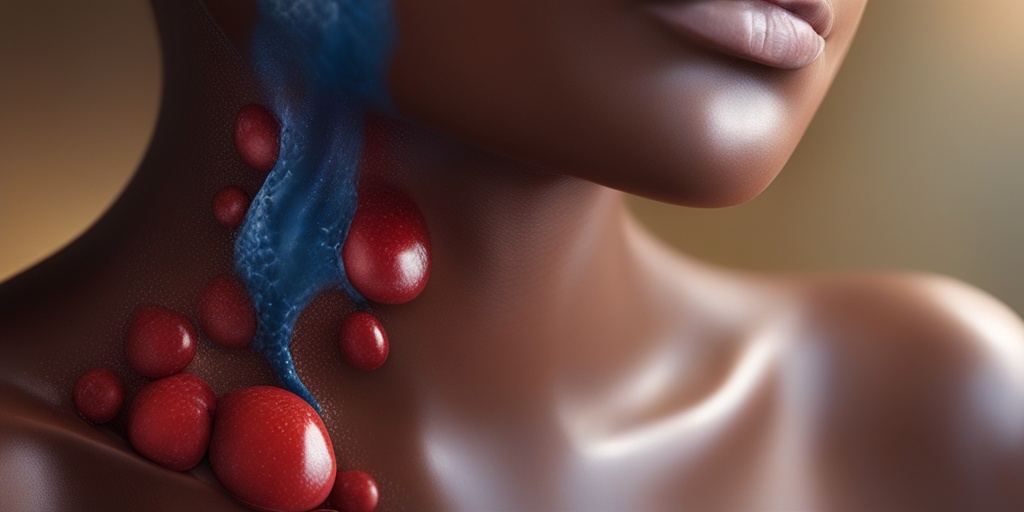
Razor Bump Causes and Risk Factors
Razor bumps, also known as razor burn or razor rash, are a common skin irritation that occurs after shaving. But what causes these pesky bumps to appear in the first place? 🤔
Friction and Ingrown Hairs
One of the main causes of razor bumps is friction. When you shave, the razor glides over your skin, causing friction that can lead to irritation and inflammation. This is especially true for areas with curly or coarse hair, such as the pubic area, underarms, and neck. 🚿
Ingrown hairs are another common culprit behind razor bumps. When hair grows back into the skin instead of out of it, it can cause redness, swelling, and pus-filled bumps. This is more likely to happen in areas with curly hair, as the hair follicle can become blocked, leading to ingrown hairs. 💇♀️
Skin Conditions and Allergies
Certain skin conditions, such as eczema, acne, and rosacea, can increase your risk of developing razor bumps. If you have sensitive skin, you may be more prone to irritation and allergic reactions to shaving products or razors. 🌡️
Allergies to shaving creams, soaps, or aftershave lotions can also cause razor bumps. If you’re allergic to a particular ingredient, it can trigger an allergic reaction, leading to redness, itching, and bumps. 🚨
Shaving Techniques and Tools
Your shaving technique and tools can also contribute to razor bumps. Using a dull razor, shaving too closely, or applying too much pressure can cause nicks, cuts, and irritation. 💈
Additionally, using a razor that’s not designed for your skin type or hair texture can lead to razor bumps. For example, using a razor designed for coarse hair on sensitive skin can cause irritation and bumps. 🤦♀️
How to Identify Razor Bumps
Razor bumps can appear as red, itchy, and inflamed bumps on the skin. They can be small and scattered or large and clustered, depending on the severity of the irritation. 🔍
Common Symptoms
Some common symptoms of razor bumps include:
- Redness and inflammation
- Itching or burning sensation
- Small, pus-filled bumps or pustules
- Swollen or tender skin
- Ingrown hairs or hair follicle blockages
If you’re experiencing any of these symptoms, it’s likely that you have razor bumps. But don’t worry – there are ways to treat and prevent them! 💪
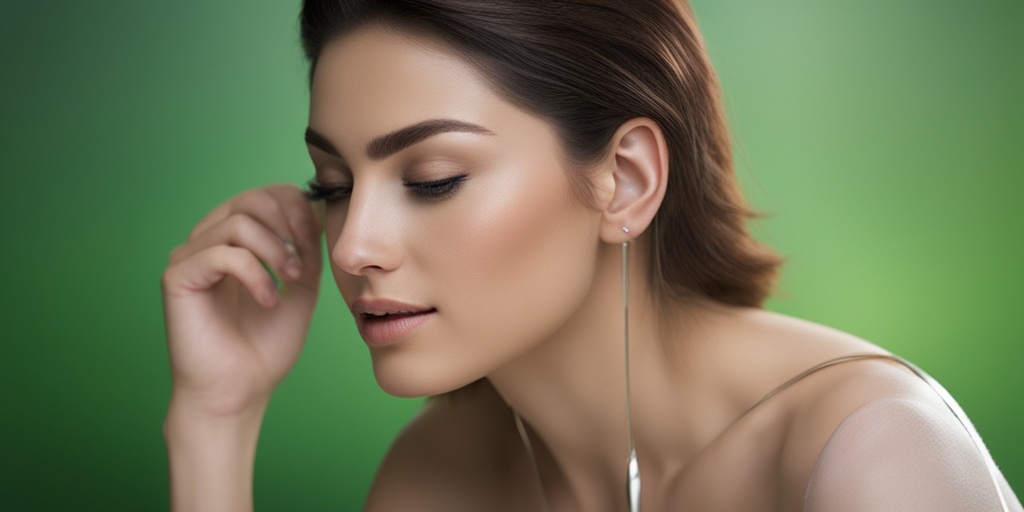
Razor Bump vs. Ingrown Hair
When it comes to shaving, two common issues that people often confuse with each other are razor bumps and ingrown hairs. While they may look similar, they have distinct differences in terms of causes, symptoms, and treatments. So, let’s dive into the details and explore the differences between razor bumps and ingrown hairs.
What are Razor Bumps?
Razor bumps, also known as razor burn or razor rash, occur when the skin reacts to the friction and irritation caused by shaving. This can lead to redness, itching, and bumps on the skin. Razor bumps are more common in areas with curly or coarse hair, such as the bikini line, underarms, and neck.
What are Ingrown Hairs?
Ingrown hairs, on the other hand, occur when the hair grows back into the skin instead of out of it, causing inflammation, redness, and pus-filled bumps. Ingrown hairs can be itchy and painful, and if left untreated, can lead to infections and scarring.
Key Differences
The main difference between razor bumps and ingrown hairs is the cause. Razor bumps are caused by shaving, while ingrown hairs are caused by the hair growing back into the skin. Razor bumps tend to be smaller and more superficial, while ingrown hairs can be deeper and more painful.
Another key difference is the treatment. Razor bumps can be treated with topical creams and ointments, such as benzoyl peroxide, to reduce inflammation and redness. Ingrown hairs, on the other hand, may require more aggressive treatment, such as exfoliating the area, using warm compresses, and in some cases, removing the ingrown hair.
Razor Bump Prevention Tips
Now that we’ve covered the differences between razor bumps and ingrown hairs, let’s talk about how to prevent razor bumps from occurring in the first place. Here are some tips to help you avoid those pesky bumps:
Exfoliate Before Shaving
Exfoliating your skin before shaving can help remove dead skin cells and prevent ingrown hairs. Use a gentle exfoliator or a sugar or salt scrub to exfoliate the area.
Use a Sharp Razor
A dull razor can cause more friction and irritation, leading to razor bumps. Change your razor blade frequently, and use a sharp one to get a closer shave.
Shave in the Direction of Hair Growth
Shaving against the direction of hair growth can cause razor bumps and ingrown hairs. Always shave in the direction of hair growth to minimize irritation.
Use a Shaving Cream or Gel
Using a shaving cream or gel can help lubricate the skin and reduce friction. Look for a shaving cream or gel that contains soothing ingredients, such as aloe vera or chamomile.
Avoid Shaving Over the Same Spot Multiple Times
Shaving over the same spot multiple times can cause razor bumps and irritation. Instead, shave in small sections and move on to the next area.
By following these tips, you can reduce your chances of getting razor bumps and enjoy a smoother, more comfortable shaving experience. 💁♀️
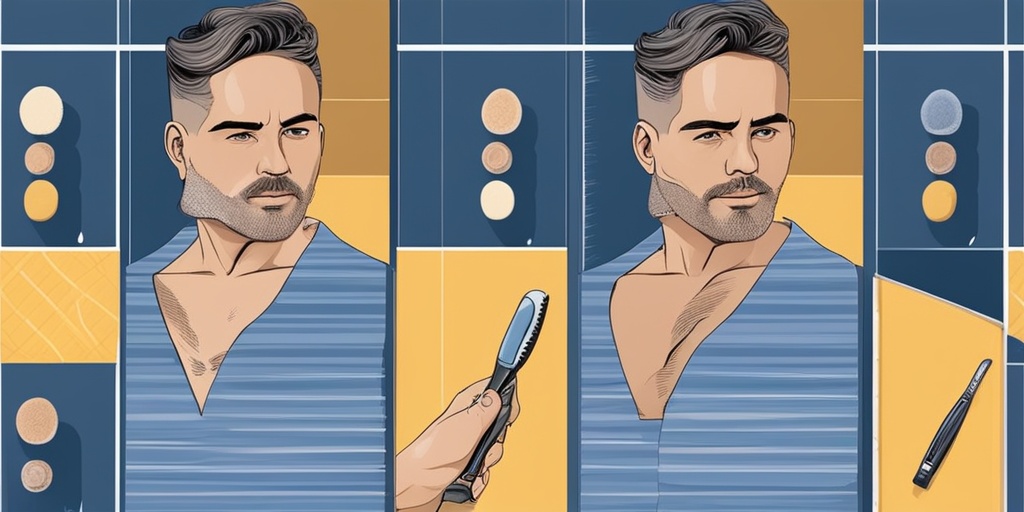
Home Remedies for Razor Bumps
Razor bumps can be frustrating and painful, but the good news is that there are several home remedies that can help alleviate the discomfort and reduce their appearance. Before we dive into medical treatments, let’s explore some natural and effective ways to tackle razor bumps.
Exfoliate with Sugar or Salt
Exfoliating the affected area can help remove dead skin cells and reduce inflammation. Mix 1 tablespoon of sugar or salt with 1 tablespoon of olive or coconut oil to create a gentle scrub. Massage the mixture onto the skin in circular motions, then rinse with warm water. This can help reduce the appearance of razor bumps and prevent ingrown hairs.
Tea Tree Oil
Tea tree oil has antibacterial and anti-inflammatory properties that can help soothe and calm the skin. Mix a few drops of tea tree oil with a carrier oil like coconut or olive oil and apply it to the affected area using a cotton swab. This can help reduce redness and inflammation.
Aloe Vera
Aloe vera is a natural soothing agent that can help calm irritated skin. Apply aloe vera gel directly to the affected area to reduce redness and inflammation. You can also mix aloe vera with tea tree oil for added benefits.
Warm Compresses
Applying a warm compress to the affected area can help reduce inflammation and bring the ingrown hair to the surface. Soak a clean cloth in warm water, wring it out, and apply it to the skin for 5-10 minutes. Repeat this process several times a day to help reduce razor bumps.
Benzoyl Peroxide
Benzoyl peroxide is a common ingredient in acne treatments, but it can also help with razor bumps. It helps to dry out the ingrown hair and reduce inflammation. Look for products containing 2-5% benzoyl peroxide and apply it to the affected area according to the product instructions.
Remember, home remedies may take some time to show results, so be patient and consistent. If your razor bumps persist or worsen, it’s best to consult a dermatologist for further guidance.
Medical Treatment for Razor Bumps
In some cases, home remedies may not be enough to treat razor bumps, and medical treatment may be necessary. If you experience severe razor bumps, ingrown hairs, or skin infections, consult a dermatologist for further guidance.
Topical Creams and Ointments
Topical creams and ointments containing ingredients like hydrocortisone, antibiotic creams, or retinoids can help reduce inflammation and prevent ingrown hairs. Your dermatologist may prescribe a stronger version of these creams or ointments depending on the severity of your razor bumps.
Oral Antibiotics
In severe cases of razor bumps, oral antibiotics may be prescribed to treat underlying skin infections. These antibiotics can help clear up the infection and reduce inflammation.
Blue Light Therapy
Blue light therapy is a non-invasive treatment that targets the bacteria that can cause razor bumps. This treatment can help reduce inflammation and prevent future breakouts.
Remember, prevention is key when it comes to razor bumps. By following proper shaving techniques, exfoliating regularly, and using gentle skincare products, you can reduce your risk of developing razor bumps. If you do experience razor bumps, try home remedies first, and if they persist, consult a dermatologist for further guidance. 💊
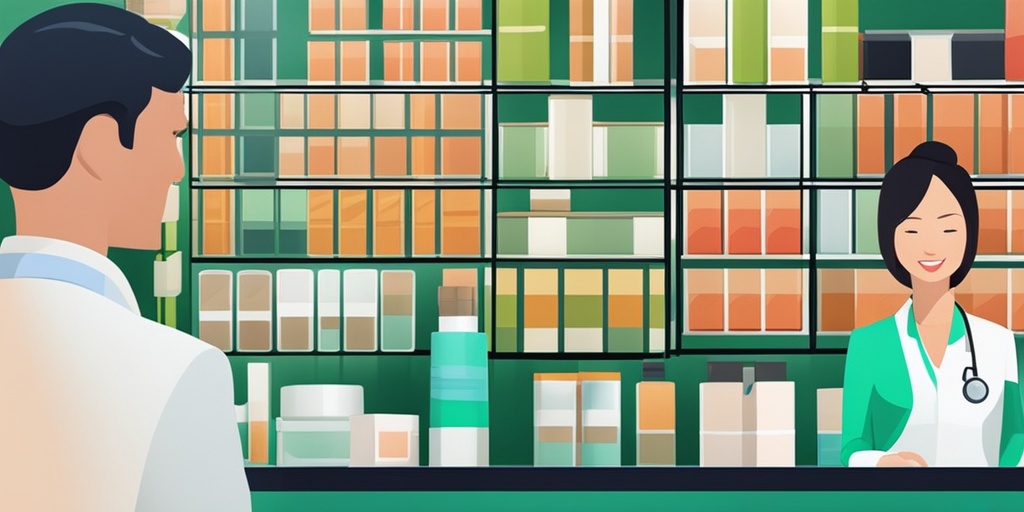
Frequently Asked Questions about Razor Bumps
What are Razor Bumps?
Razor bumps, also known as razor burn or ingrown hairs, are a common skin condition that occurs when hair grows back into the skin after shaving, causing inflammation, redness, and bumps.
How to Treat Razor Bumps on Pubic Area?
To treat razor bumps on the pubic area, try exfoliating the skin with a gentle scrub, applying a warm compress, and using a topical cream or ointment containing benzoyl peroxide or salicylic acid. Avoid tight clothing and shaving over the same spot multiple times.
How to Get Rid of Razor Bumps Overnight?
While it’s challenging to get rid of razor bumps overnight, you can try applying a cold compress, using a hydrocortisone cream, or taking an oatmeal bath to reduce inflammation and itching. Exfoliating the skin gently before bed can also help.
What Helps with Razor Bumps?
Several remedies can help with razor bumps, including:
- Exfoliating the skin regularly
- Using a gentle shaving cream or gel
- Avoiding tight clothing
- Applying a topical cream or ointment containing benzoyl peroxide or salicylic acid
- Taking an oatmeal bath
How to Avoid Razor Bumps on Pubic Area?
To avoid razor bumps on the pubic area, try:
- Shaving in the direction of hair growth
- Using a sharp razor and changing it frequently
- Avoiding shaving over the same spot multiple times
- Exfoliating the skin regularly
- Using a gentle shaving cream or gel
Can Razor Bumps be Prevented?
Yes, razor bumps can be prevented by:
- Shaving in the direction of hair growth
- Using a sharp razor and changing it frequently
- Avoiding shaving over the same spot multiple times
- Exfoliating the skin regularly
- Using a gentle shaving cream or gel
Are Razor Bumps Contagious?
No, razor bumps are not contagious. They are a skin condition caused by hair growing back into the skin after shaving.
Can Razor Bumps be a Sign of an Underlying Condition?
In rare cases, razor bumps can be a sign of an underlying condition such as folliculitis, keratosis pilaris, or pseudofolliculitis barbae. If you experience persistent or severe razor bumps, consult a dermatologist for proper diagnosis and treatment.

